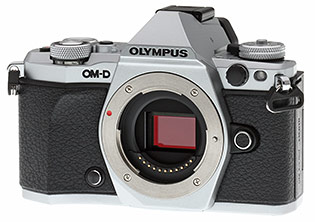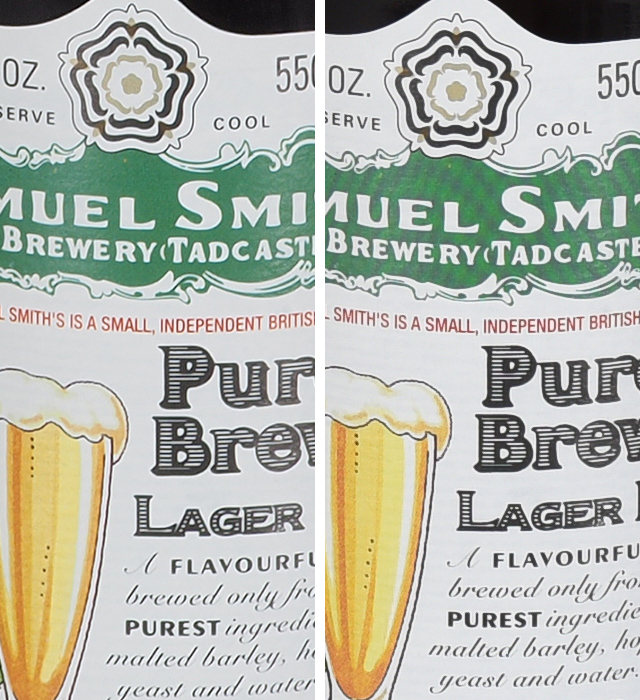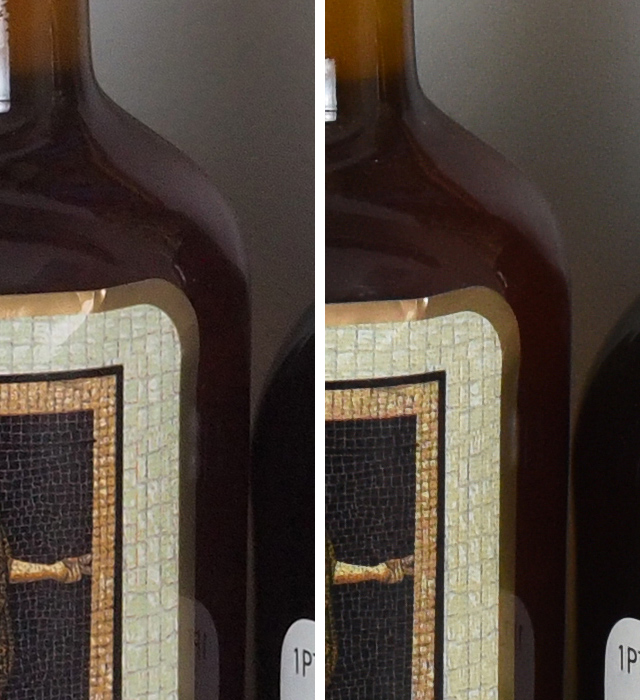Resolution Wars: Can a 16mp Four Thirds camera out-resolve a 36mp full frame?
posted Thursday, February 5, 2015 at 12:17 PM EDT

The recently announced Olympus E-M5 Mark II makes a remarkable claim pertaining to high resolution imaging: the ability to capture a 40-megapixel "High-Resolution Shot" while in that mode. (We think it's safe to predict Mr. Spock's reaction to this.... "Indeed.")
We'll go ahead and caveat this news by saying that this new mode is only available to tripod shooters of still subject matter, but for anyone shooting landscapes, architecture or studio product photography you'll for sure want to take a close look at the images we shot with our test sample. As a reference for comparison we chose our overall Camera of the Year for 2014, the 36.3mp Nikon D810, highly regarded for both quality high resolution images as well as the top tier handling of ISO noise, as well as our Camera of the Year for 2013, the acclaimed Sony A7R.
The E-M5 II accomplishes this 40mp feat by incorporating a new pixel-shift technique using the voice-coil motors on the image stabilization unit. When in High-Res Shot mode, the camera captures eight sequential images spanning about 1 second using the electronic shutter while slightly moving the sensor between each shot, and then compiles the frames into the outputted image. The shutter can be open for up to eight seconds and the ISO can be set to a maximum of 1600.
You have the choice of outputting RAW + JPEG or just a JPEG for saving time and card space. When choosing both formats, the camera actually delivers three images: a 40mp JPEG, a 64mp(!) RAW file (ORF) and a 16mp RAW file (ORI). The larger RAW file requires a special Photoshop plug-in for processing (which we've yet to receive). It takes a few seconds to process all three files, and as expected also takes quite a bit of memory.
But you may not worry too much about those file sizes once you see the results....
The E-M5 II image has been downsampled in order to match size with the D810's 36mp for a direct comparison. Both images are in-camera JPEGS with default sharpening settings. While the two images are fairly similar in most respects for overall sharpness and clarity, the one clear difference is the lack of moiré in the E-M5 II on the green label, where the D810 produces obvious moiré artifacts.
Just as interesting is the result as ISO rises. With a maximum 8 second exposure and a max ISO of 1600, you're certainly able to capture a good bit of light as long as you're shooting a still subject.
The results at ISO 1600 are equally interesting, even here with in-camera JPEGS and default noise reduction settings. The shadow area at the top right tends to produce ISO noise in most cameras by this time, and while the D810 handles it about as good as most any camera we've tested, the E-M5 II also handles it surprisingly well and even produces slightly sharper results in the mosaic tile pattern.
Update: Based on a reader request, I've added another comparison below with no downsampling of the E-M5 II at base ISO and default sharpening. Both crops are at true 1:1 size. Clicking on either image will take you to a carrier page with more information.
Please visit our Olympus E-M5 Mark II review for more comparison examples as well as a detailed explanation of the mechanics behind all of this from IR publisher Dave Etchells. And for anyone interested in seeing side-by-side image quality comparisons at the normal 16.3mp resolution against the original E-M5, click here! Lastly, our Lab Sample Page has all test shots thus far, including a high resolution sample with sharpening turned to the lowest setting, and also access to the 64mp RAW files (needing a special plug-in to process).


The E-M5 II image has been downsampled in order to match size with the D810's 36mp for a direct comparison. Both images are in-camera JPEGS with default sharpening settings. While the two images are fairly similar in most respects for overall sharpness and clarity, the one clear difference is the lack of moiré in the E-M5 II on the green label, where the D810 produces obvious moiré artifacts.



